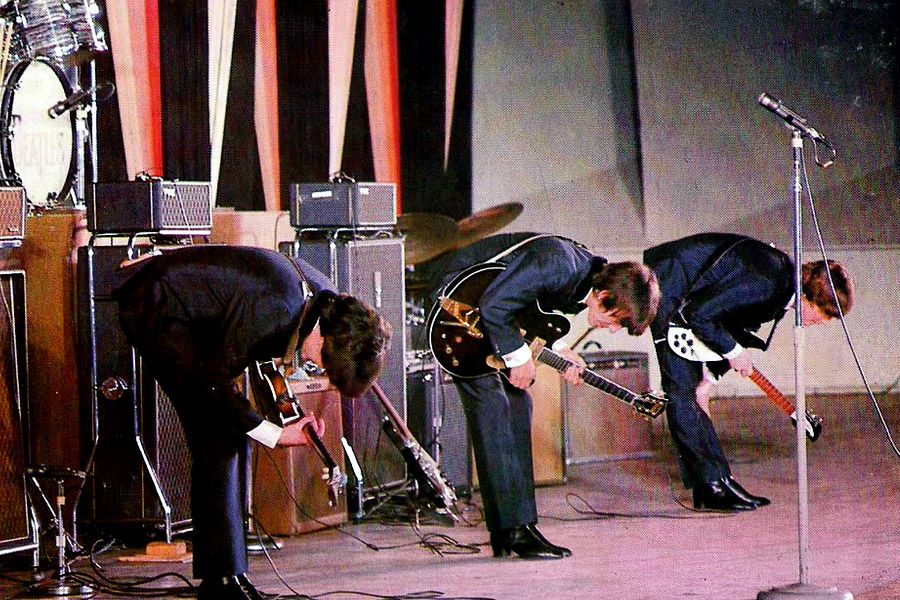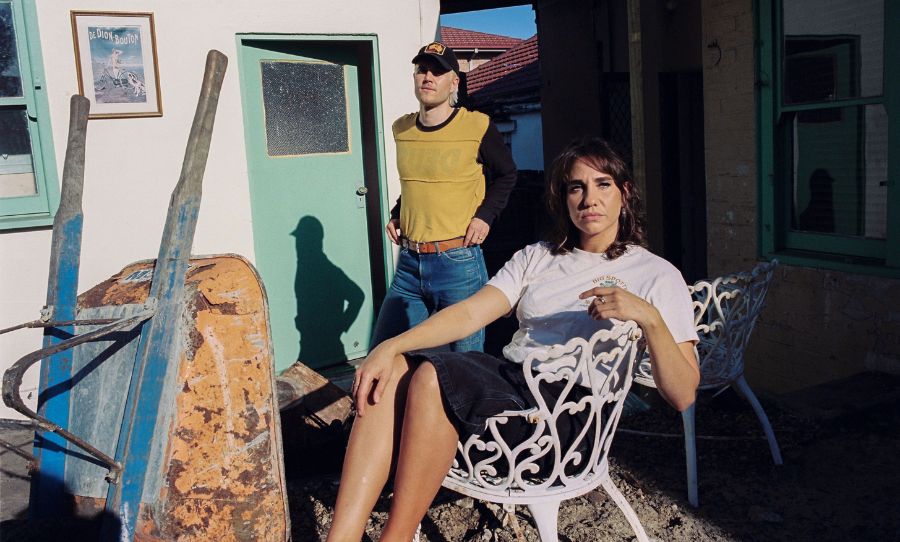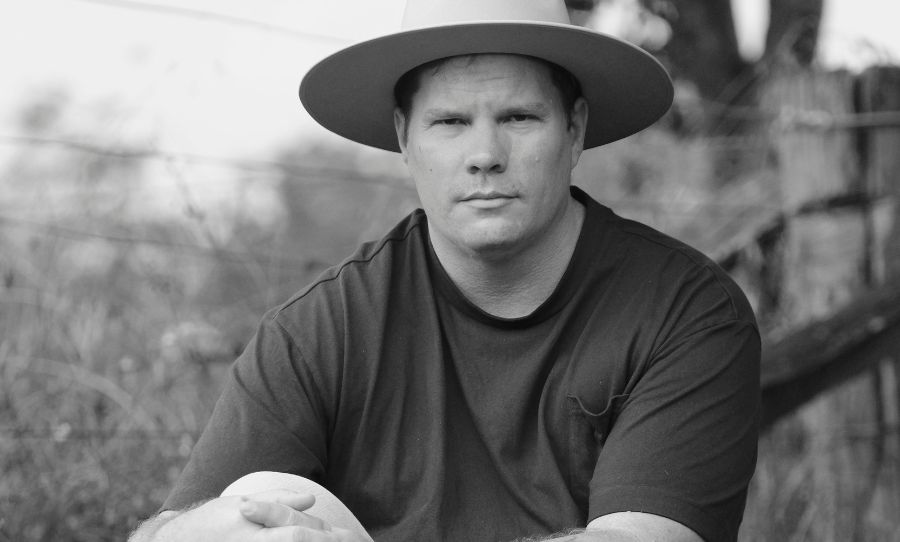The Beatles at the Hollywood Bowl is the only official live Beatles album ever released. Recorded in 1964 and 1965 but not put out until 1977, the album is a fairly disappointing listen.
Though recorded at the peak of Beatlemania, when the Fab Four were still riding a euphoric wave of success driven by their touring years, the concerts tapes were rendered near unlistenable by the insane racket produced by the 10,000 strong crowds.

Read the story of how Abbey Road’s best engineers brought the Beatles’ Hollywood Bowl recordings back to life through some insane technological wizardry.
The Beatles were on point on those nights, and George Martin can seldom be associated with any technical shortcoming within the band’s career. Rather, the limitations of mastering technology in the 70s are to blame for the dismal quality of the original recordings.
You may ask then, how did they get the recordings up to scratch for last year’s triumphant Live at the Hollywood remaster, which coincided with the August release of Ron Howard’s Eight Days a Week doco?
Technological wizardry of the mastering engineers at Abbey Road would be the answer.
“What became apparent when you compared it to what came out in 1977 is how hard Ringo is hitting the drums,” says Giles Martin, George Martin’s son and the producer of the remastered album. “How hard the band were really digging in. We didn’t really know about that before. You take these layers of natural tape effects away to get to the heart of the performance, and when you get there, you actually hear the dynamics.”
An excellent article recently published on Wired unravels the complexities of the remastering process for a task as difficult as this – one that 40 years ago would have seemed impossible.
The remastering techniques include an excruciating process of “demixing” the original recordings, pulling them apart and trying to separate each vocal and instrument track from the blistering racket around them.
James Clarke – a systems analyst at Abbey Road – developed the technique, which includes an audio-modelling process that used spectrograms—imagery you might associate with ghost-hunting—to bring the spirit of the original performances back to life.
“It doesn’t exist as a software program that is easy to use,” Clarke told Wired. “It’s a lot of Matlab, more like a research tool. There’s no graphical front end where you can just load a piece of audio up, paint a track, and extract the audio. I write manual scripts, which I then put into the engine to process.”
It’s a fascinating read. Check out the original article here on Wired.



